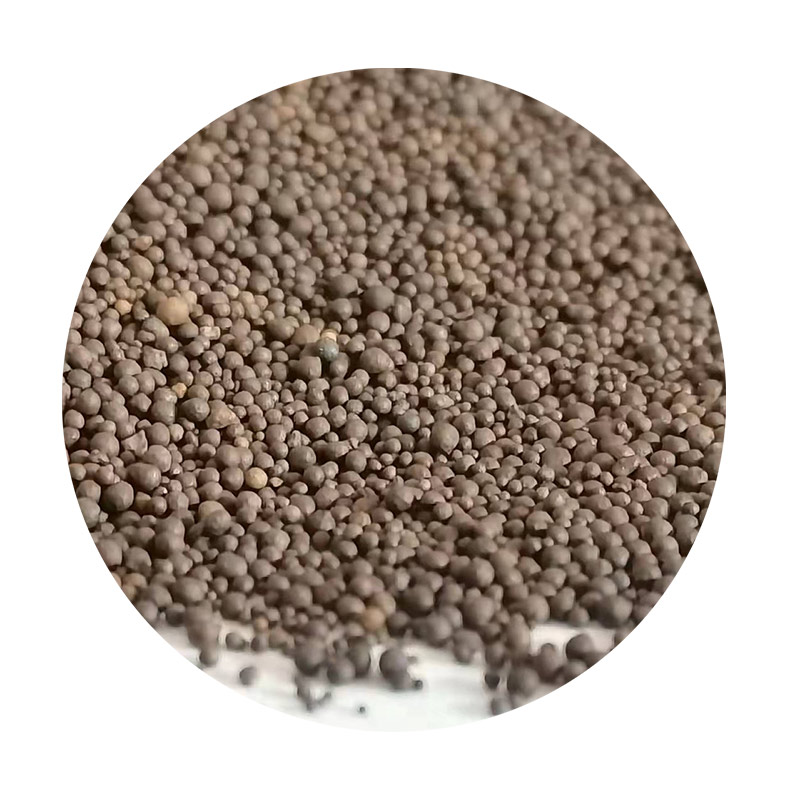The Significance of Sanding Cast Iron A Comprehensive Guide
Cast iron has long been celebrated for its durability, thermal conductivity, and versatility across a range of applications, from cookware to industrial machinery. However, to realize its full potential, especially in the context of aesthetics and functionality, proper sanding techniques are essential. This article delves into the importance of sanding cast iron, the techniques employed, and the benefits that come from a well-executed sanding job.
Understanding Cast Iron
Cast iron is an alloy made primarily of iron, carbon, and silicon. Its unique properties stem from its ability to withstand high temperatures and its significant tensile strength, making it a popular choice in various industries. Nonetheless, cast iron surfaces often come with rough textures, which can be problematic depending on their end use. For instance, a rough surface on cookware can affect food release and cleaning, while in machinery, a rough finish may lead to wear and tear due to friction.
The Need for Sanding
Sanding cast iron aims to achieve a smooth, even surface that enhances both appearance and performance. Whether it’s a cast iron skillet, a manufacturing part, or decorative art pieces, the following reasons highlight the necessity of sanding
1. Improved Surface Finish Sanding enhances the visual appeal of cast iron items, making them more attractive, especially in culinary and artistic applications. 2. Enhanced Performance For cookware, a smooth surface allows for better food release and easier cleaning. In mechanical parts, it reduces friction, leading to improved efficiency and longevity.
3. Surface Preparation Before painting or applying protective coatings, sanding is crucial to remove any rust, oil, or old paint, ensuring better adhesion and a more durable finish.
cast iron sanding

Sanding Techniques
The process of sanding cast iron can vary depending on the desired outcome, the initial condition of the surface, and the tools at one’s disposal. Here are a few common techniques
1. Manual Sanding Using sandpaper, one can manually sand the surface of cast iron. Starting with a coarser grade (around 60-80 grit) removes major imperfections, followed by progressively finer grits (120-220 grit) to achieve a smooth finish. This method is ideal for small items or intricate areas.
2. Power Tools For larger surfaces or industrial applications, power sanders or grinders equipped with the appropriate sandpaper can significantly speed up the process. Tools such as belt sanders or orbital sanders are often employed, but caution must be taken to avoid overheating the metal, which could compromise its properties.
3. Blasting Methods Sandblasting or bead blasting is another efficient method that not only sands the surface but also cleans it by removing oxidation and contaminants. This technique is commonly used in automotive and industrial settings.
4. Chemical Treatments In some cases, chemical rust removers can provide a cleaner surface before further sanding. This is particularly useful for heavily oxidized pieces.
Conclusion
Sanding cast iron might seem like a trivial task, but it is fundamental in unlocking the full potential of this versatile material. Whether you're a homeowner looking to restore a family heirloom cast iron skillet or a craftsman producing intricate designs, understanding the value and techniques of sanding is vital. The effort put into achieving a well-sanded cast iron surface will not only enhance its aesthetic appeal but also improve its performance and longevity.
As with any process, practice makes perfect. By mastering the art of sanding cast iron, one can ensure a better end product—be it in the kitchen or the workshop. Embracing these techniques will lead to more enjoyable cooking experiences, safer machinery operation, and aesthetically pleasing finishes in art. Thus, the next time you encounter cast iron, remember the significance of a well-sanded surface; it could make all the difference.
Post time:Aza . 11, 2024 13:48
Next:sand for resin
